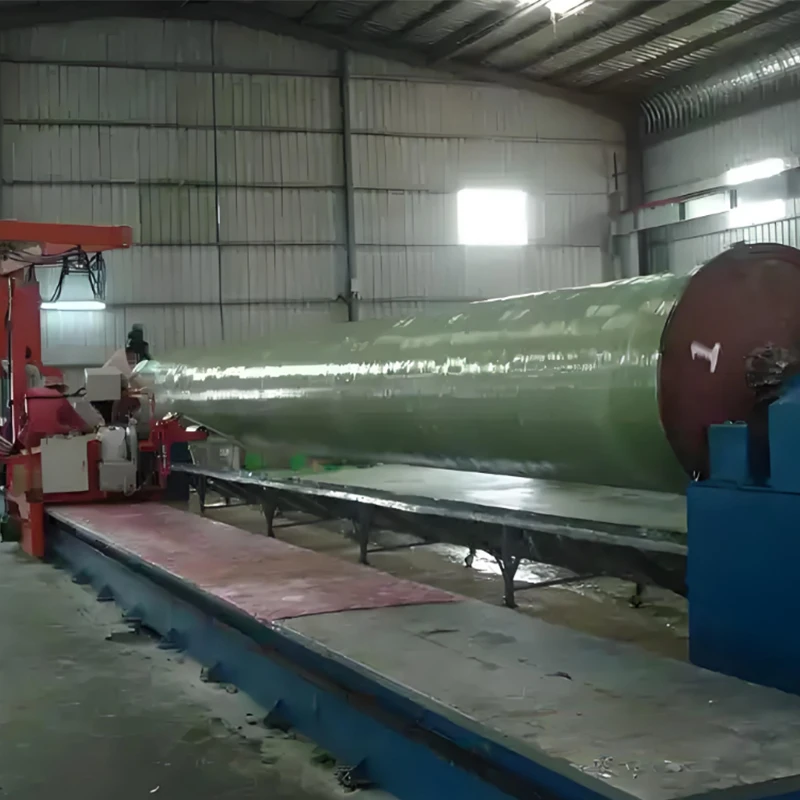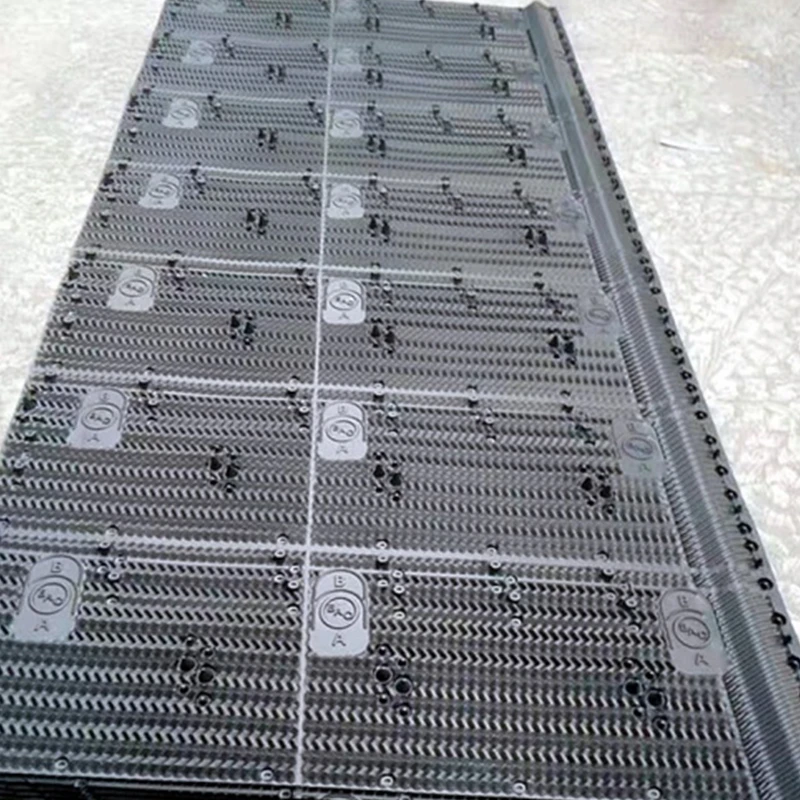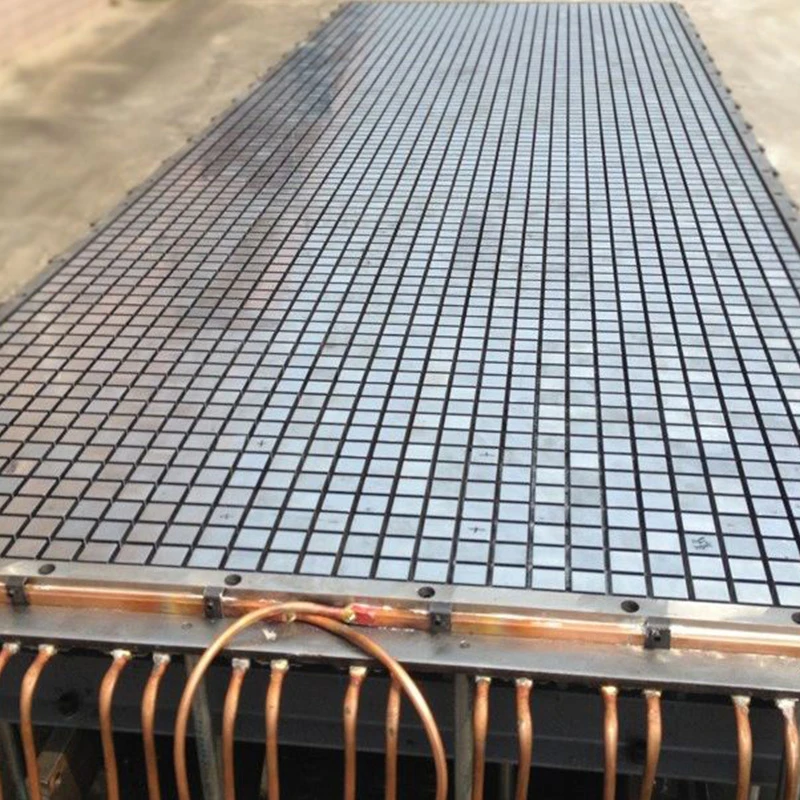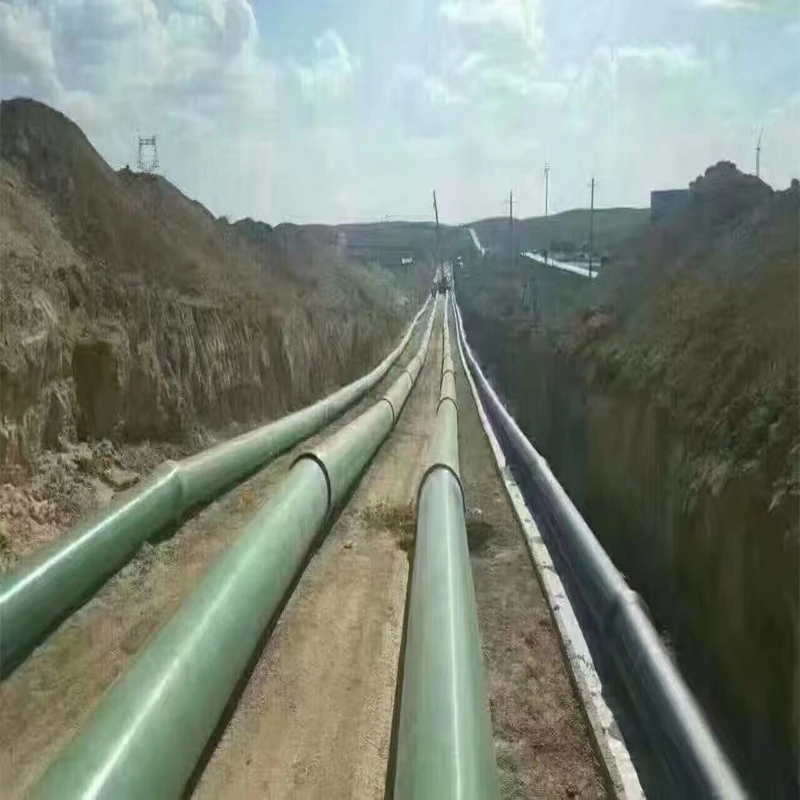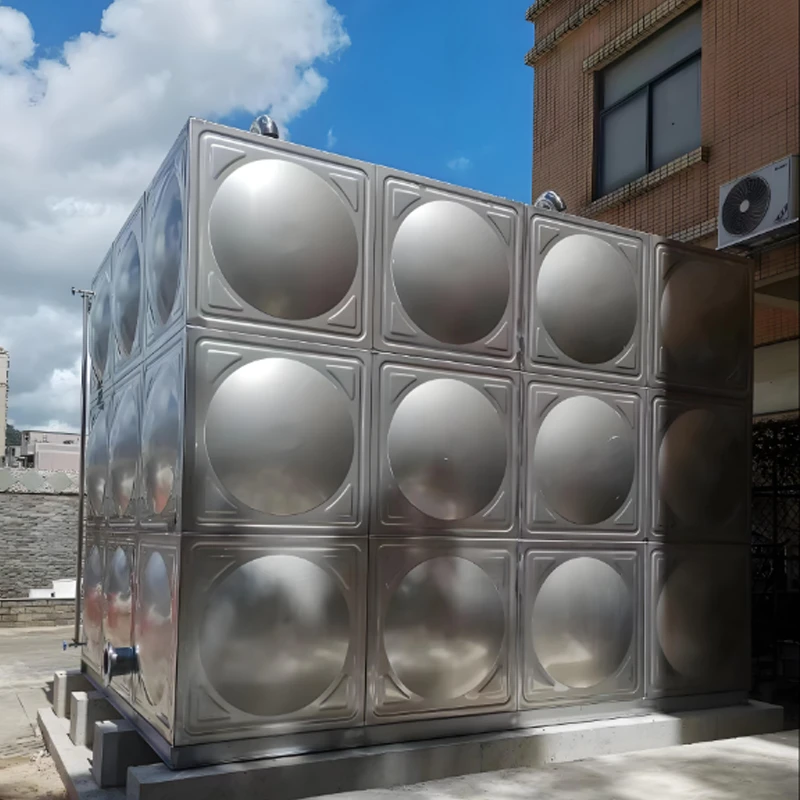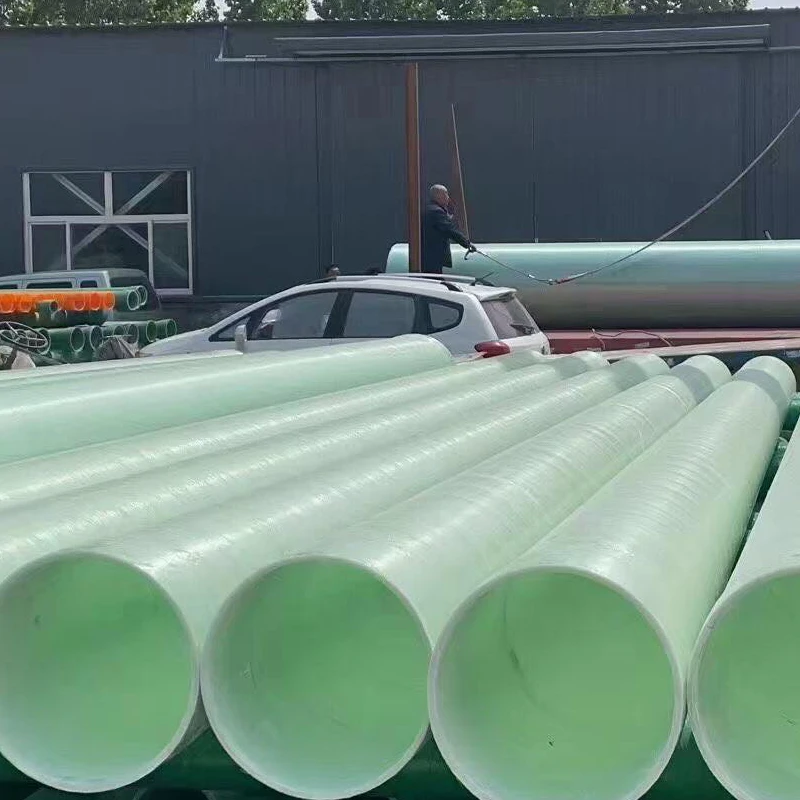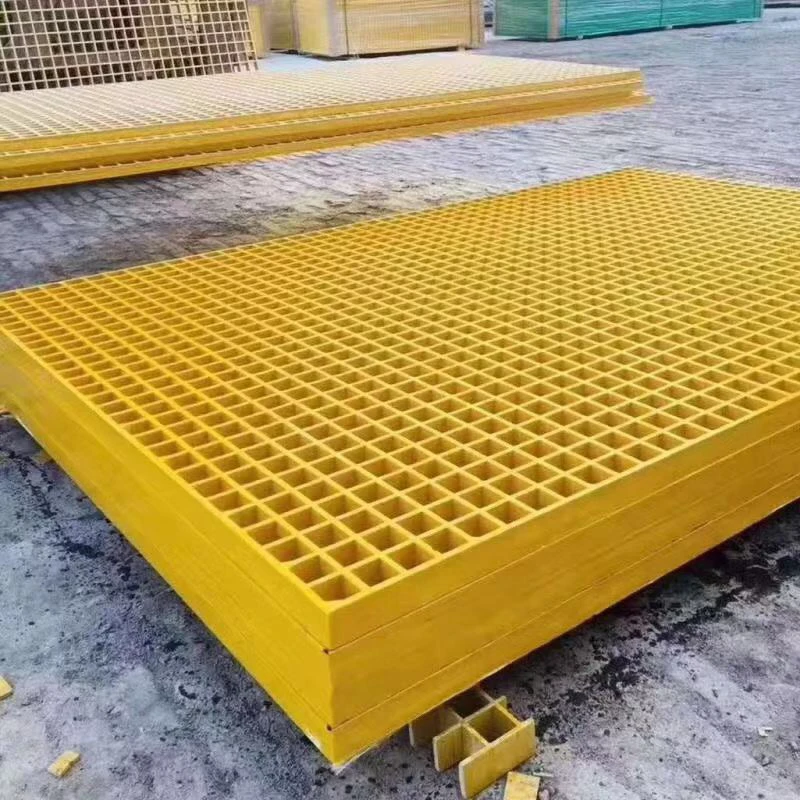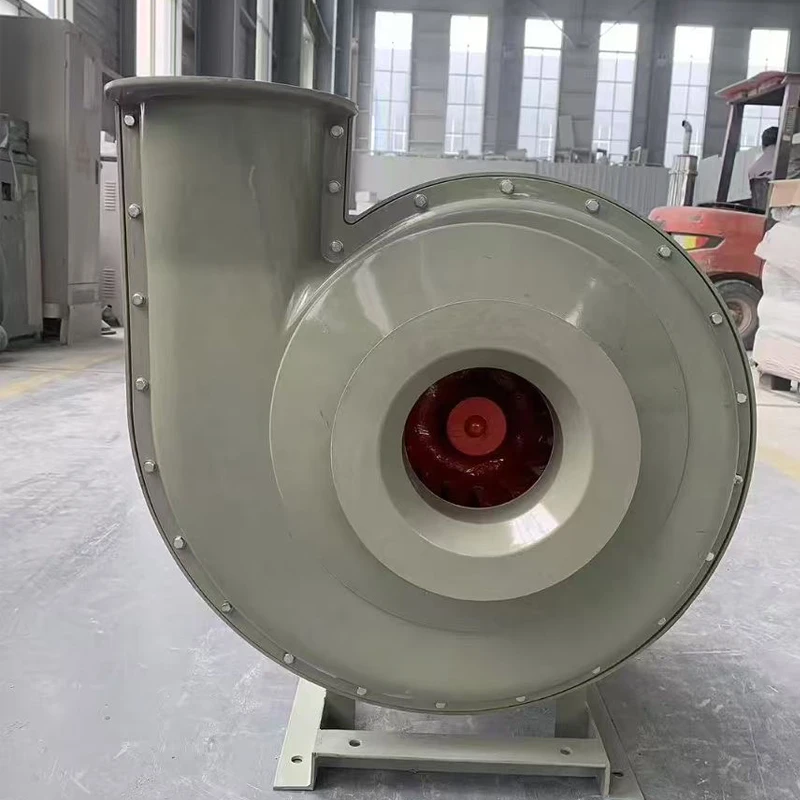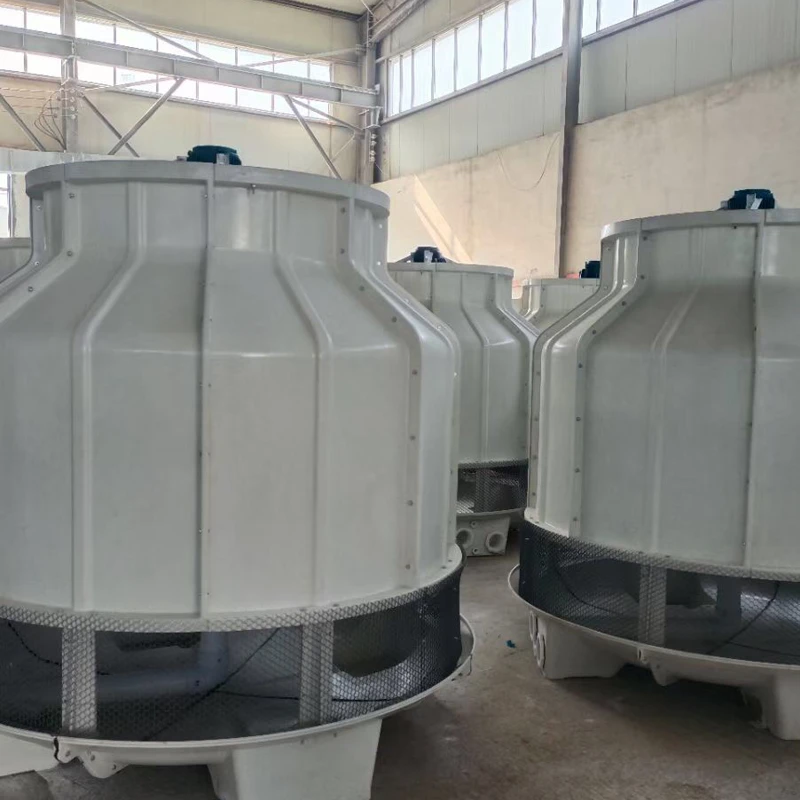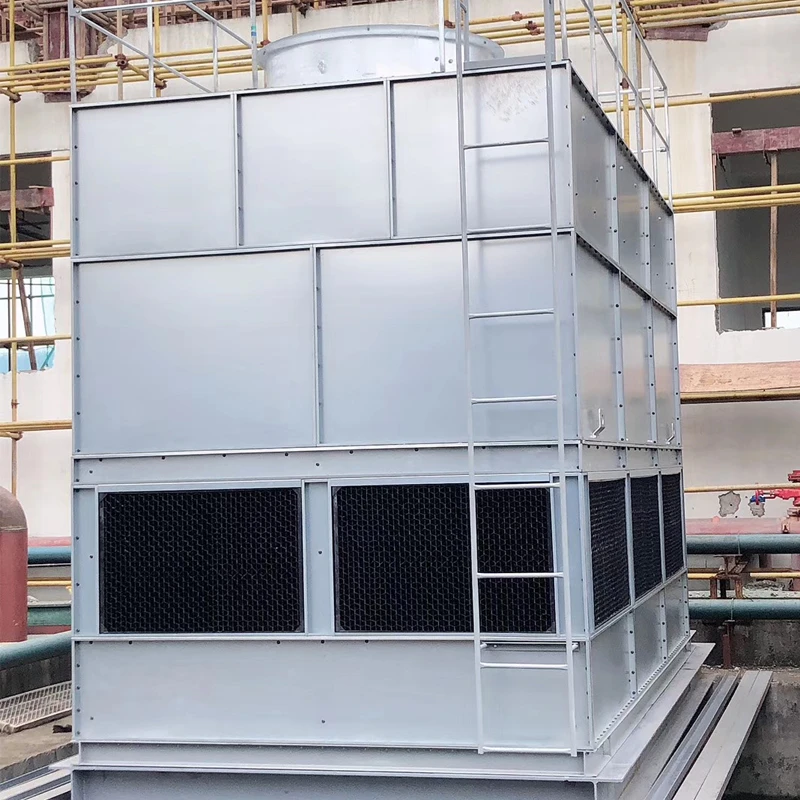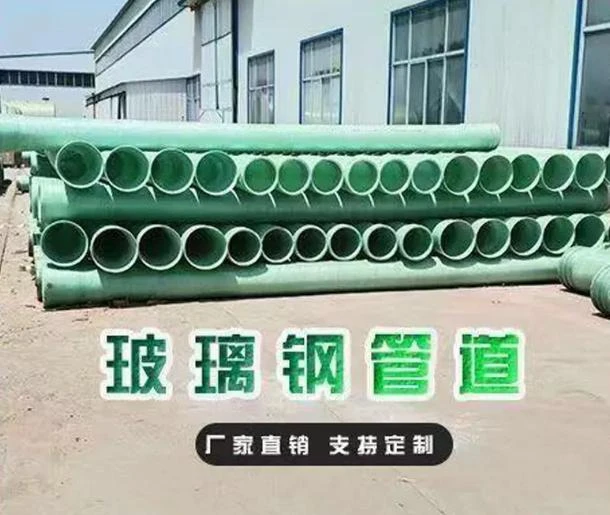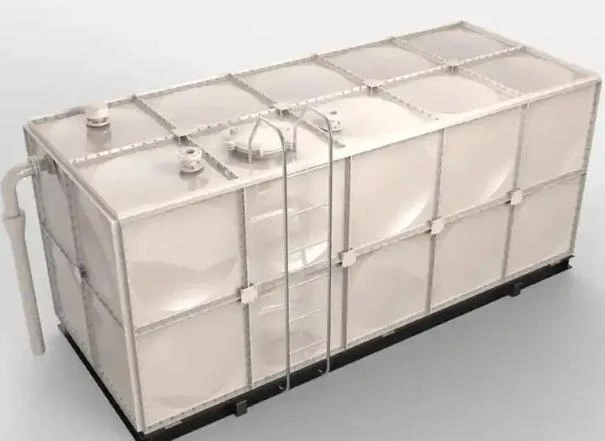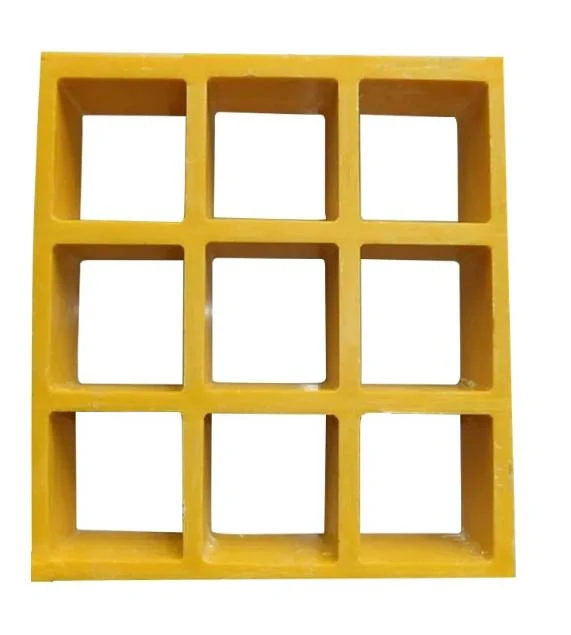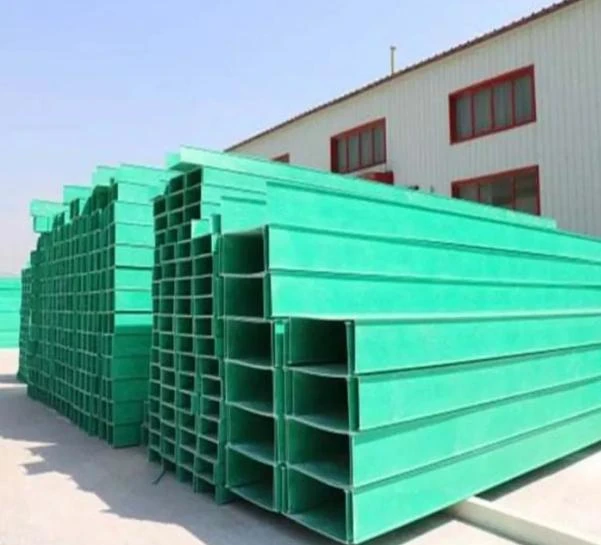

We Are Open 24 Hours a Day, 7 Days a Week, Including Weekends and Public Holidays.
- Introduction to Cooling Tower Induced Draft Counterflow Systems
- Engineering Principles and Technical Advantages
- Comparison of Induced Draft Counterflow Cooling Tower Manufacturers
- Customization Options and Modular Design Benefits
- Application Case Studies Across Industries
- Maintenance Strategies and Long-Term Performance
- Future Prospects: The Evolution of Cooling Tower Induced Draft Counterflow Technology

(cooling tower induced draft counterflow)
Introduction to Cooling Tower Induced Draft Counterflow Systems
Cooling tower induced draft counterflow systems represent a significant evolution in thermal management solutions for large-scale industrial and HVAC applications. These towers—also referred to as counterflow induced draft cooling towers—are designed to maximize heat rejection efficiency by optimizing air-to-water contact within a compact and space-saving footprint. Over the decades, their integration into complex processes such as power plants, chemical manufacturing, and multi-story commercial facilities has been propelled by advancements in engineering, material science, and real-time monitoring technologies. The global market for these units exceeded $2.8 billion USD in 2022, with a projected CAGR of 6.4% through 2030, reflecting escalating demand for water and energy conservation.
The fundamental design of a cooling tower induced draft counterflow
places fans at the top of the structure, drawing ambient air upward against the descending water. This creates a “counterflow” that enhances the efficiency of heat and mass transfer. Compared to traditional crossflow designs, induced draft counterflow towers deliver a lower approach temperature and increased tolerance to variable load conditions, making them the preferred option for critical applications where operational reliability and thermal efficiency are non-negotiable.
Engineering Principles and Technical Advantages
The induced draft counter flow cooling tower leverages Bernoulli’s principles and psychrometric optimization. As warm process water is distributed from the top, it falls through high-surface-area fill media, while powerful fans create a negative pressure that pulls large volumes of cooler ambient air upwards. This concurrent air movement against the direction of water maximizes the driving force for evaporative cooling. Modern towers incorporate drift eliminators, variable frequency drives (VFDs) for fan speed control, and advanced fill materials like PVC or polypropylene, which are engineered for both efficiency and durability.
Recent laboratory and field data underline the performance gap:
- Induced draft counterflow towers achieve approach temperatures as low as 3°C, compared to 5°C typical in crossflow types.
- Thermal efficiency improvements of 8–15% are well-documented when integrating high-efficiency media and CFD-optimized fan blades.
- Noise emissions have dropped below 60 dBA at 15 meters for premium models employing acoustically engineered louvers.
Comparison of Induced Draft Counterflow Cooling Tower Manufacturers
To assist stakeholders in the OEM selection process, the following table captures benchmark data for three prominent manufacturers operating internationally:
| Manufacturer | Cooling Capacity (RT) | Water Drift Loss (%) | Energy Consumption (kWh/1000 RT) | Noise Level (dBA @ 15m) | Warranty (Years) | LEED Certification Ready |
|---|---|---|---|---|---|---|
| SPX Marley | 500–5,000 | ≤ 0.0005 | 18.2 | 59 | 5 | Yes |
| Baltimore Aircoil Company | 300–6,300 | ≤ 0.0004 | 17.8 | 60 | 5 | Yes |
| Evapco | 250–4,800 | ≤ 0.0006 | 18.7 | 58 | 7 | Yes |
While all leading manufacturers offer robust international service networks and flexible module sizes, subtle distinctions in drift control, energy consumption per 1,000 RT (refrigeration tons), and warranty lengths play pivotal roles in project-specific ROI and life cycle cost analyses. BAC's models tend to edge out with the lowest drift loss, while Evapco consistently leads in extended warranty support.
Customization Options and Modular Design Benefits
Modern counterflow induced draft cooling towers offer a spectrum of customization features tailored for variable-site requirements and strict process demands. System integrators now routinely specify tower cell modularity—allowing seamless scaling while maintaining conditioned water flow at target specifications.
- Material Selection: Galvanized steel, stainless steel, and FRP composites are selectable based on water quality, local climate, and corrosion resistance needs.
- Fill Media Technologies: Low-fouling, high-efficiency, or splash-type fill are chosen to support dirty water applications or maximize thermal transfer in clean systems.
- Smart Monitoring: IoT-enabled sensors track temperature, drift, and vibration, providing predictive maintenance alerts and real-time performance analytics.
- Acoustical Kits and Energy Recovery: For installations in noise-sensitive environments or where recovering latent heat is prioritized, manufacturers offer optional accessories to further optimize operational footprints.
This level of customization ensures each system is engineered for optimal efficiency, compliance, and ease of integration within vertical real estate or retrofitted plant environments. Leading edge projects in pharmaceutical and semiconductor manufacturing demonstrate that tailored solutions can provide up to 18% additional savings on annualized utility costs compared to off-the-shelf counterparts.
Application Case Studies Across Industries
Real-world deployments highlight the versatility of cooling tower induced draft counterflow designs:
- Power Generation: A major UAE gas turbine plant replaced aging crossflow models with induced draft counterflow towers, increasing annualized water savings by 11 million gallons and boosting average plant output by 1.7%.
- Data Centers: In Oslo, a hyperscale data center lowered its PUE rating to 1.13 by adopting BAC’s modular counterflow units with advanced drift eliminators, providing year-round reliability in a tight urban footprint.
- District Cooling: Singapore’s largest commercial property reduced make-up water intake by 24% and cut fan energy costs by over $180,000 annually by transitioning to a bespoke induced draft counterflow configuration featuring custom VFD controls.
- Industrial Manufacturing: A Detroit-based automotive paint plant deployed Evapco’s smart-integrated system, resulting in 99.98% drift reduction and contributing towards LEED Gold certification.
These case studies underscore the adaptability of counterflow induced draft cooling tower technology to a range of industry-specific challenges, including environmental stewardship, space constraints, and dynamic thermal loads.
Maintenance Strategies and Long-Term Performance
Proper maintenance is paramount to safeguard the longevity and performance of induced draft counterflow towers. While advancements like corrosion-resistant fill and automated monitoring systems have significantly reduced failure rates, adherence to best practices remains essential.
- Routine Inspections: Quarterly mechanical checks, drift eliminator cleaning, and vibration analysis.
- Water Chemistry Control: Automatic dosing systems and side-stream filtration guard against fouling, scale, and biological fouling, prolonging fill and basin life.
- Fan and Motor Maintenance: VFD calibration and bearing lubrication minimize downtime and energy waste.
- Data-Driven Predictive Scheduling: Smart sensors feed analytics for targeted interventions, reducing mean-time-to-repair (MTTR) by up to 27% compared to conventional practices.
With these measures, contemporary installations regularly achieve service lifespans exceeding 30 years, and average annualized maintenance budgets are now 12–18% lower than equivalent-capacity crossflow systems.
Future Prospects: The Evolution of Cooling Tower Induced Draft Counterflow Technology
The future of cooling tower induced draft counterflow systems lies in the convergence of advanced analytics, smart automation, and next-generation sustainable materials. As building codes and emissions standards evolve, manufacturers are responding with eco-friendly fills, drift reduction techniques below 0.0004%, and closed hybrid systems that further curtail water consumption. Integration with BMS (Building Management Systems) and AI-based controls will take predictive maintenance and load balancing to unprecedented levels, ultimately maximizing both return on investment and environmental compliance.
In the coming decade, as cities densify and the importance of resource-efficient cooling climbs, the adaptability and reliability of induced draft counterflow cooling towers ensure their continued prevalence as the backbone of industrial heat rejection infrastructure.
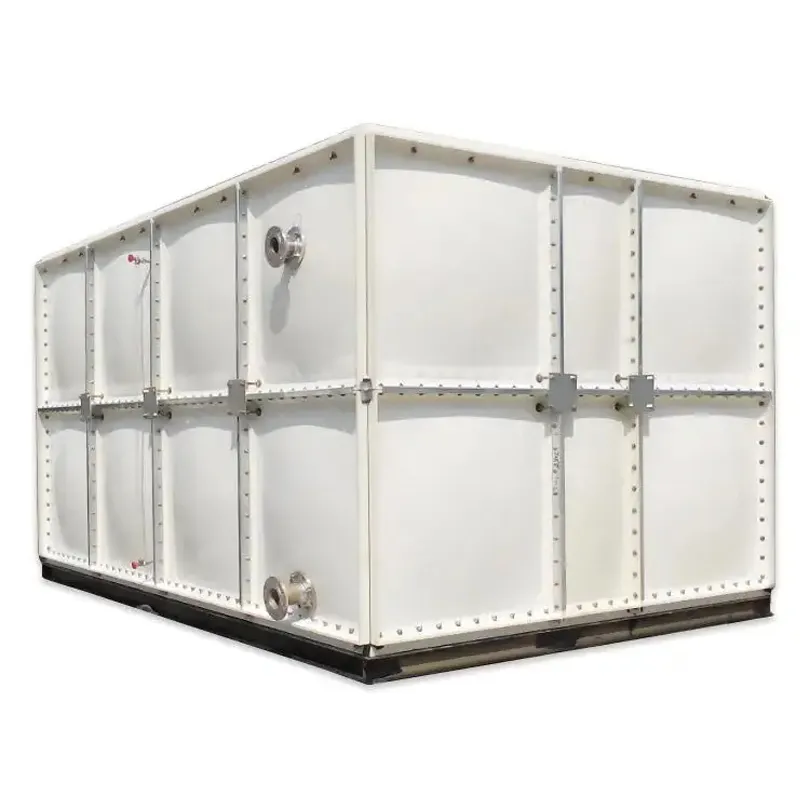
(cooling tower induced draft counterflow)
FAQS on cooling tower induced draft counterflow
Q: What is a cooling tower induced draft counterflow system?
A: A cooling tower induced draft counterflow system uses fans to draw air upwards opposite to the water's downward flow. This design increases heat transfer efficiency. It is widely used in industrial cooling applications.Q: How does an induced draft counter flow cooling tower work?
A: In an induced draft counter flow cooling tower, fans pull air upward through the tower as water descends. The opposing flows enhance evaporation and cooling. This setup helps maintain low water temperatures efficiently.Q: What are the main advantages of a counterflow induced draft cooling tower?
A: This tower type offers higher thermal performance and better plume control. It also requires less ground space than crossflow designs. These features make it suitable for limited-site installations.Q: Where is a cooling tower induced draft counterflow commonly used?
A: These cooling towers are prevalent in power plants, chemical factories, and HVAC systems. Their efficiency and compact design suit large-scale industrial needs. Many commercial complexes also use them for cooling.Q: What maintenance is needed for an induced draft counter flow cooling tower?
A: Regular checks include fan and motor inspection, water quality monitoring, and fill cleaning. Ensuring unrestricted airflow and water flow is crucial. This regular maintenance prolongs equipment lifespan and efficiency.




Address
20 Xingyuan South Street, Zaoqiang County, Hengshui City, Hebei Province, China









